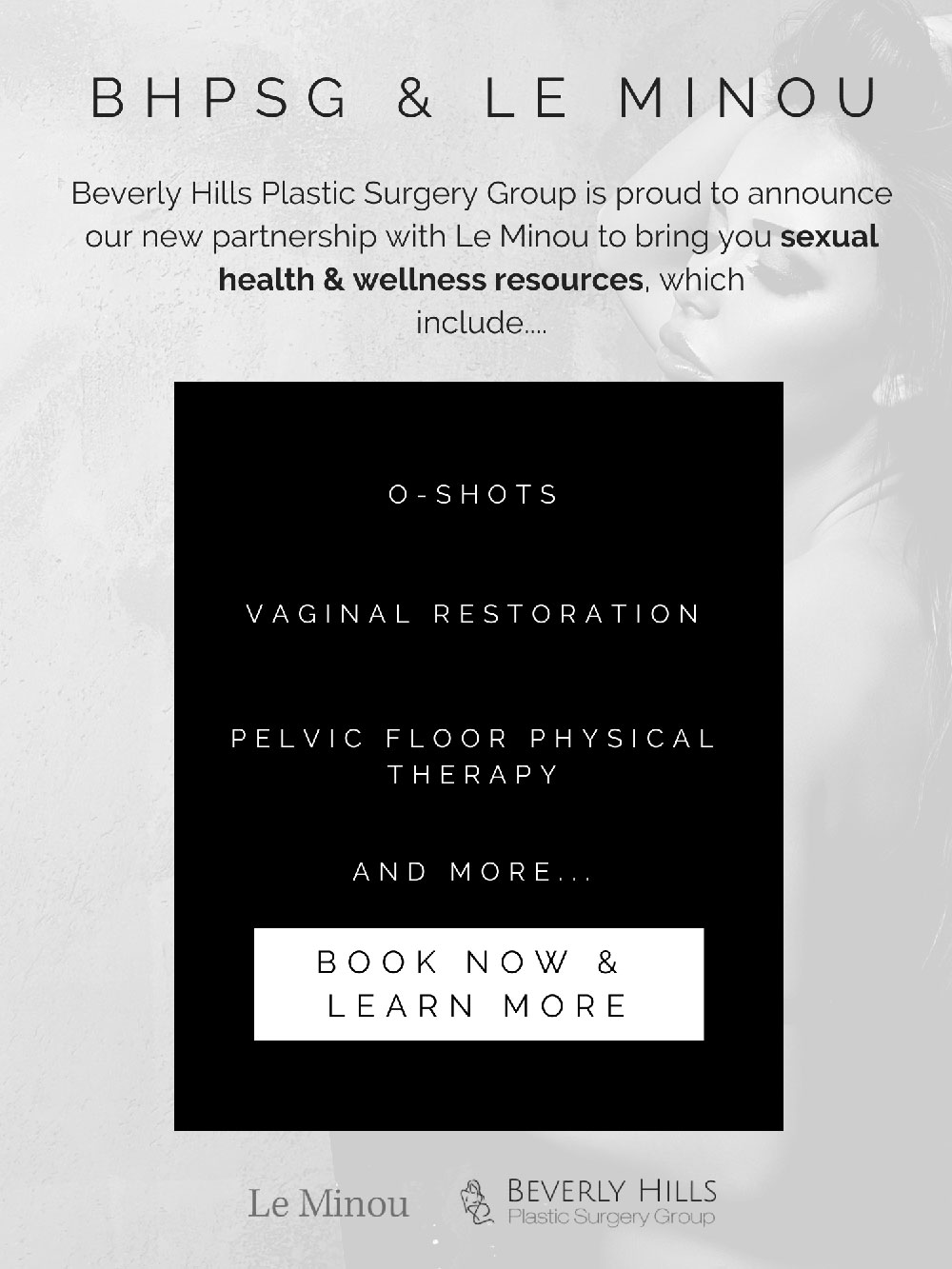In trigger finger, also known as stenosing tenosynovitis (stuh-NO-sing ten-o-sin-o-VIE-tis), one of your fingers or your thumb gets stuck in a bent position and then straightens with a snap — like a trigger being pulled and released. If trigger finger is severe, your finger may become locked in a bent position.
Often painful, trigger finger is caused by a narrowing of the sheath that surrounds the tendon in the affected finger. People whose work or hobbies require repetitive gripping actions are more susceptible. Trigger finger is also more common in women and in anyone with diabetes.
Signs and symptoms
- Finger stiffness, particularly in the morning
- A popping or clicking sensation as you move your finger
- Tenderness or a bump (nodule) at the base of the affected finger
- Finger catching or locking in a bent position, which suddenly pops straight
- Finger locked in a bent position, which you are unable to straighten
Trigger finger more commonly occurs in your dominant hand, and most often affects your thumb or your middle or ring finger. More than one finger may be affected at a time, and both hands might be involved. Triggering is usually more pronounced in the morning, while firmly grasping an object or when straightening your finger.
Treatment of mild cases
For mild or infrequent symptoms, these approaches may be effective:
- Splinting. Your doctor may have you wear a splint to keep the affected finger in an extended position for up to six weeks. The splint helps to rest the joint. Splinting also helps prevent you from curling your fingers into a fist while sleeping, which can make it painful to move your fingers in the morning.
- Finger exercises. Your doctor may also suggest that you perform gentle exercises with the affected finger. This can help you maintain mobility in your finger.
- Avoiding repetitive gripping. For at least three to four weeks, avoid activities that require repetitive gripping, repeated grasping or the prolonged use of vibrating hand-held machinery.
Treatment of serious cases
For more-serious symptoms:
- Nonsteroidal anti-inflammatory drugs (NSAIDs). Medications such as nonsteroidal anti-inflammatory drugs — ibuprofen (Advil, Motrin, others), for example — may relieve the swelling constricting the tendon sheath and trapping the tendon. These medications can also relieve the pain associated with trigger finger.
- Steroids. An injection of a steroid medication, such as a glucocorticoid, near or into the tendon sheath also can be used to reduce inflammation of the sheath. This treatment is most effective if given soon after signs and symptoms begin. Injections can be repeated if necessary, though repeated injections may not be as effective as the initial injection. Steroid injections may not be as effective in people with other medical conditions, such as rheumatoid arthritis or diabetes.
- Percutaneous trigger finger release. In this procedure, which is performed with local anesthesia, doctors use a needle to release the locked finger. This procedure is most effective for the index, middle and ring fingers.
- Surgery. Though less common than other treatments, surgical release of the tendon may be necessary for troublesome locking that doesn’t respond to other treatments.
Call us at (310) 275-6600 for an appt


